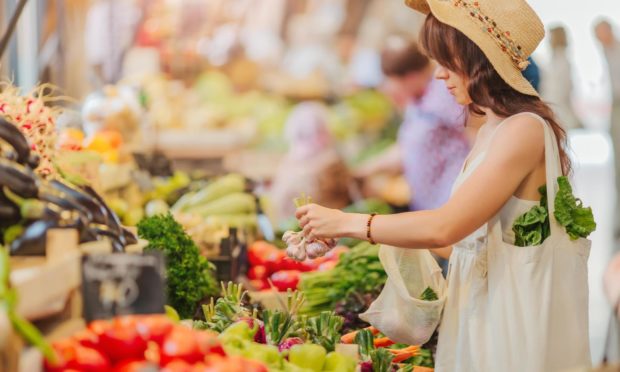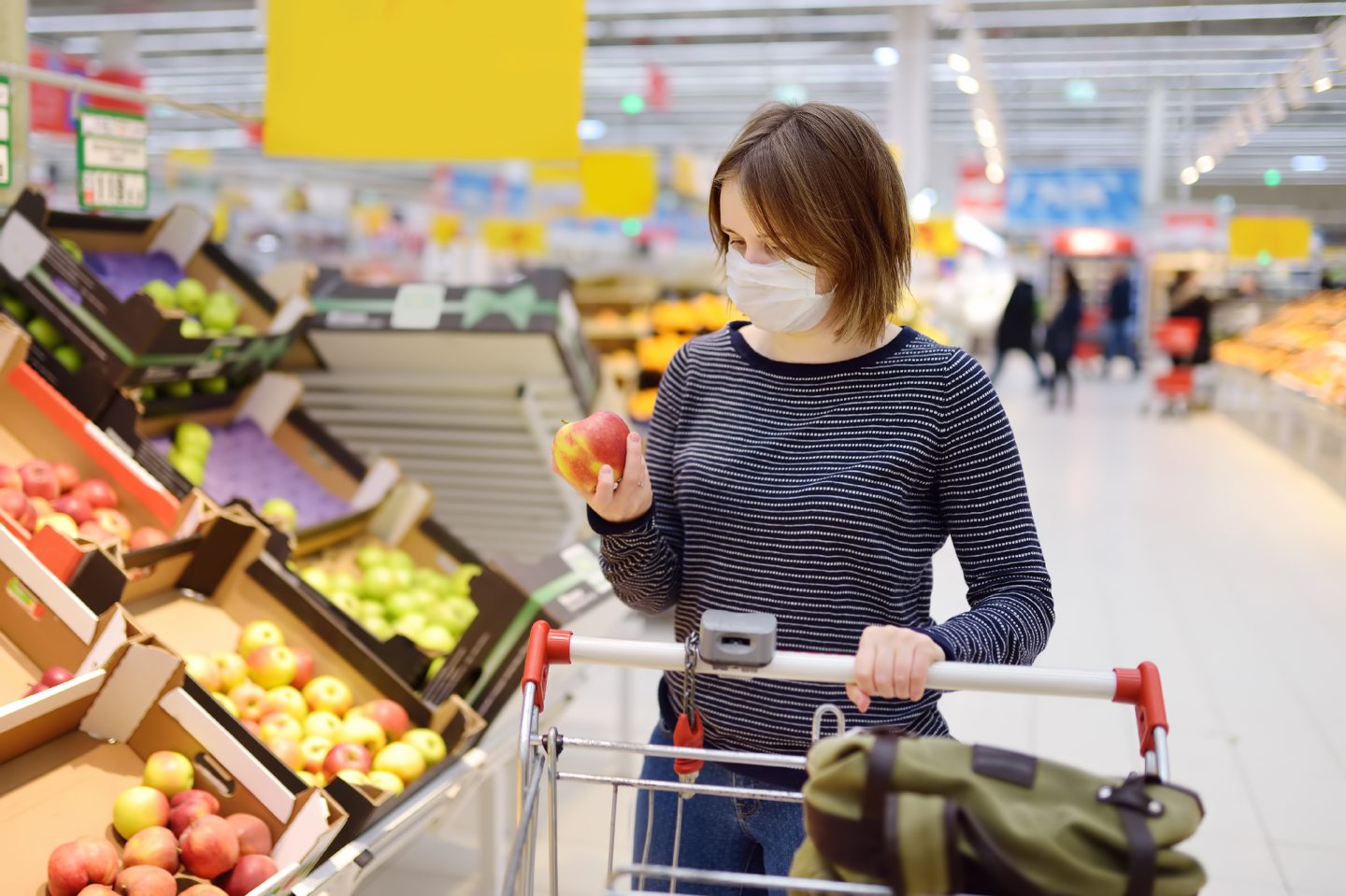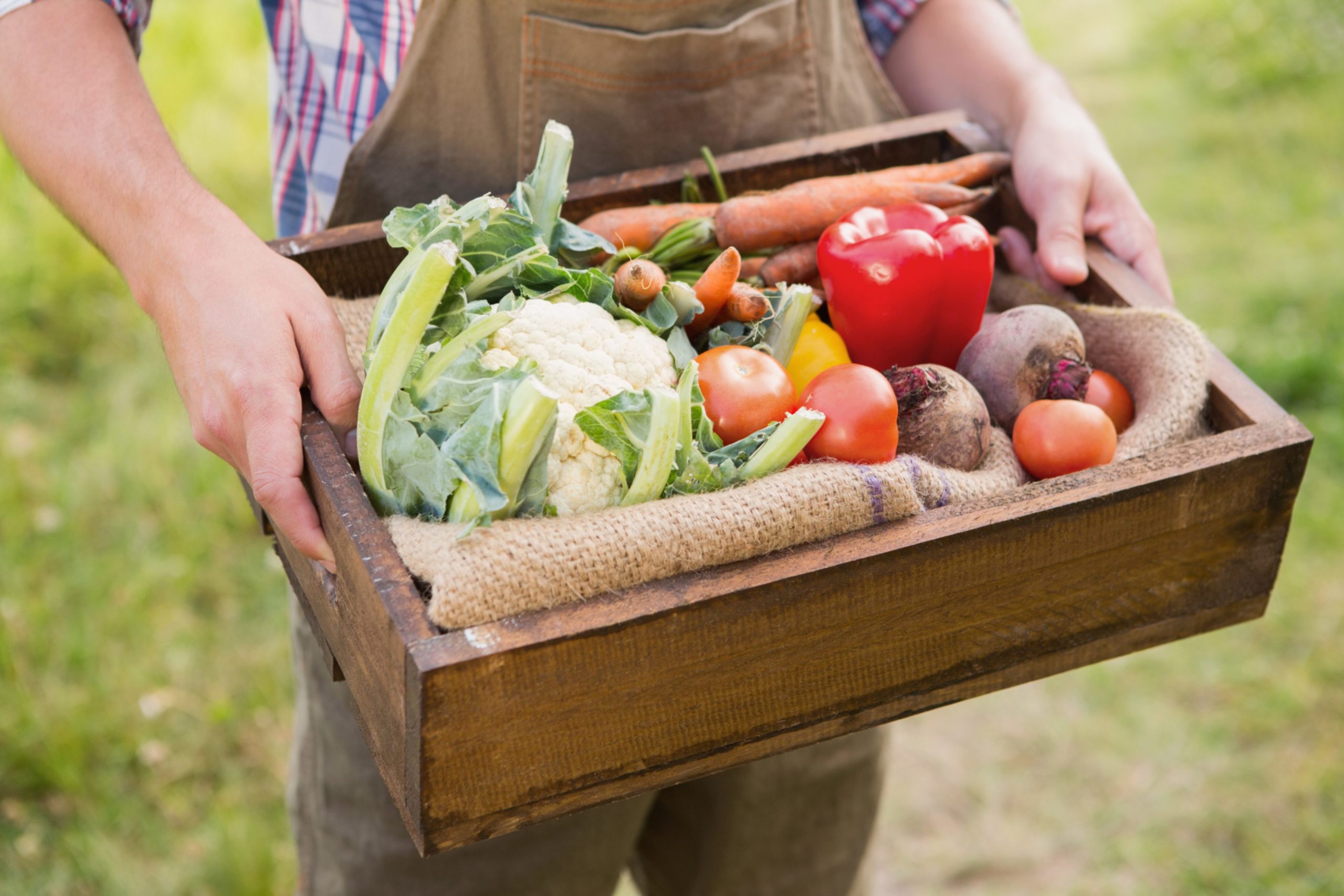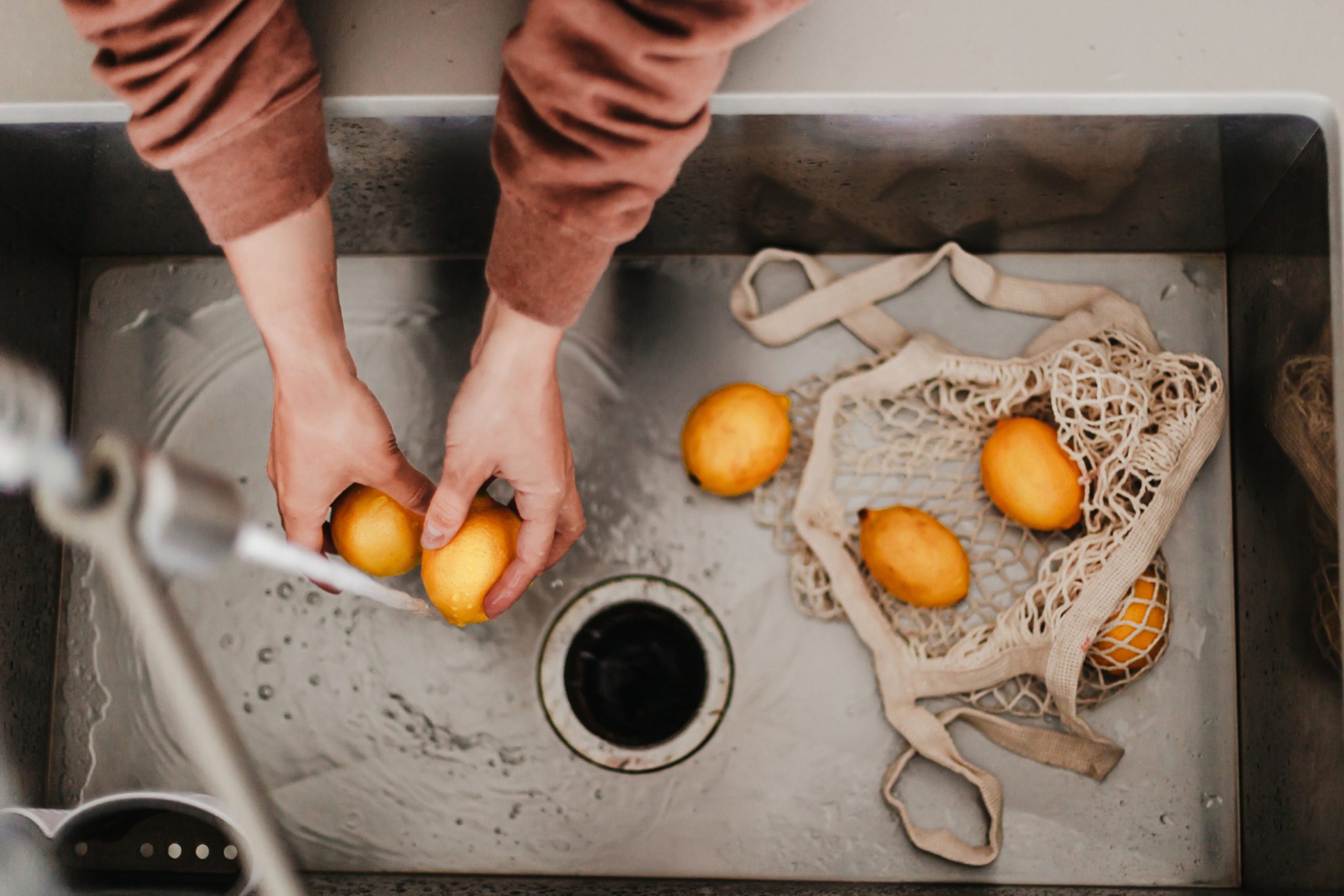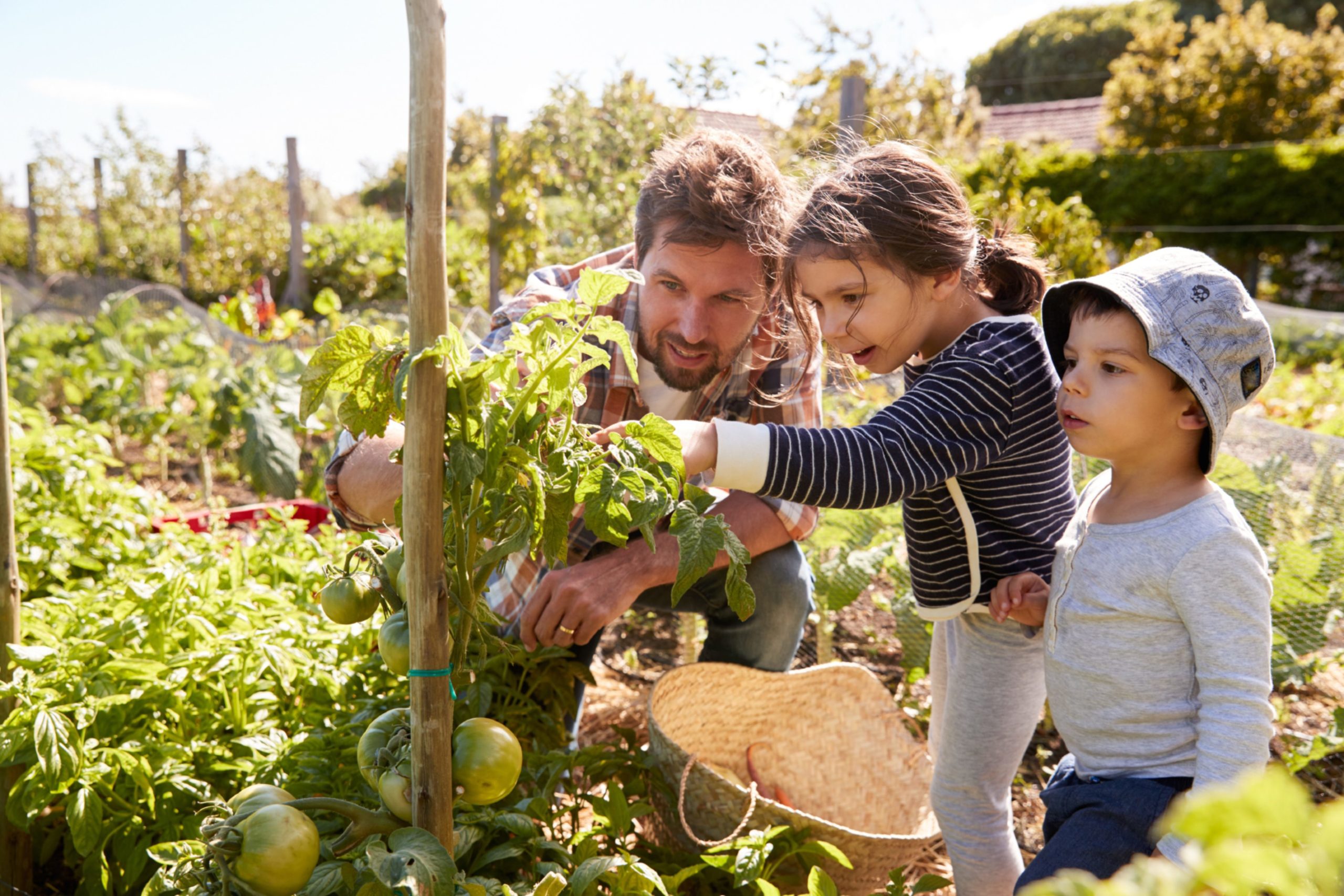When it comes to helping save the planet, why not start in your kitchen by taking a closer look at the food you eat.
There is no time like the present when it comes to helping our planet and leading a healthier lifestyle.
As shown in broadcaster David Attenborough’s Netflix documentary, A Life On Our Planet, thinking a little more sustainably about what we eat and how we grow it can go a long way towards trying to prevent global warming and humanity’s impact on nature.
Even taking small steps in visiting the shops less frequently and making a list to stop impulsive purchases can lead to greener living.
The food we eat can have a huge impact on the world we live in so it is advised we make small changes to help where we can.
Wren Kitchens has teamed up with celebrity cook and writer Sara Kiyo Popowa, to reveal her top tips on how to cook, eat and shop more sustainably into 2021.
1. Only food shop once a week
If possible you should try and do your grocery shopping once a week.
By reducing the number of trips we take when shopping for food we can avoid buying more than we need.
A top tip to avoid this is to think of ingredients with multiple uses in mind while making sure you buy all the ingredients in one go.
Making a list of the things you need will also help in impulsive purchases and will also help you save money at the same time.
2. Subscribe to a veg box
Throughout lockdown numerous farm shops and fruit and vegetable suppliers offered a range of veg boxes which were hugely popular with the public.
Subscribing to a veg box is a great way to help the environment as well as offering your support to local farmers.
In order to reduce food waste, make a pact with yourself to use up all of the vegetables in the box. This can be a fun challenge, especially if you’re not as familiar with some of them.
You can also rediscover the beauty of seasonable vegetables by using them in different ways, and there won’t be any single-use plastic in sight!
3. Buy your favourite items in bulk
Whether it’s a routine snack or a specific ingredient, everybody has those food and drink items that they love to over consume.
One way to save the environmental impact and also save money is by identifying these whole food staples and buying these items in bulk – this can be done via many online sellers or businesses like Costco.
It saves on packaging and energy in production, as well as saving you money.
4. Eat in-season produce
Most fresh foods have a specific season in which they are ripe and easy to attain.
Eating seasonal produce doesn’t just benefit your body, but it will also support the local farming economy and the local landscape through supply and demand.
Seasonal vegetables will provide your body with what it needs in that season, for example refreshing fruits in summer and starchy root veg in winter.
5. Commit and be motivated
It’s important to find your own motivation as to why you want to cook and eat more sustainably. Once you have discovered what it is that is driving you to change your diet, it’s much easier to stick to the changes you make.
Shopping, cooking and eating more sustainably may seem like extra effort, at least to begin with. However, as time goes on you will see the changes having a positive impact on areas in your life and parts of yourself you may have never expected.
Other ways you can eat more sustainably…
Eat more plants
Focus on consuming more vegetables, fruit, beans and nuts and following a more plant-based diet. Take inspiration from Mediterranean cuisine, and Chinese and Malaysian cuisine, too, where they eat more pasta and rice dishes, not to mention more vegetable-based stews, tagines, soups and more.
Plants are a great way to get a variety of nutrients into your body and are vibrant in colour, making food more exciting and appealing to eat.
Moderate your meat consumption
It is time to expand our horizons in how we get protein into our diet rather than depending on red or white meat.
Eating meat one day less a week will allow you to get more veggies and plant-based products into your diet.
Buy credible certified foods
Look out for certified stamps of approval on various foods like meat, seafood and more.
You’ll see everything from Fairtrade stickers which promote the protection of farmers and workers in developing countries, RSPCA Assured which highlights animal welfare, MSC and ASC on seafood products and RSPO which focuses on sustainable palm oil, too.
Grow your own food
Many people turned to growing their own fruit and veg throughout lockdown, with lots seeing success in their own back gardens.
While not everyone has a garden, there are also local allotments which individuals can rent out for a small annual fee to then grow their own produce all year round.
This is a great way to not only connect with nature, but also feed your family.
